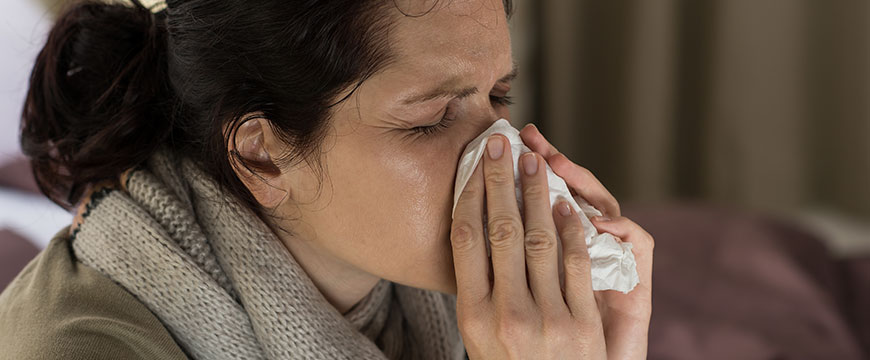
Dust mite allergy is caused by an allergic reaction to small bugs that live in the dust. The signs of dust mite allergy can include the ones that are common to hay fever, like runny nose and sneezing. A lot of people with dust mite allergy can also experience symptoms of asthma like sneezing, and difficulty in breathing.
When you take steps to lessen the dust mites in your home, you can have better control of dust mite allergy. Medications and other treatments can sometimes be necessary to relieve symptoms and control asthma.
It would be good to know the signs of dust mites before going to an allergy clinic because you can easily tell the doctor what you experienced.
What Causes Dust Mite Allergies
An allergy is the response of the immune system to an unknown substance that is not normally harmful to the body. These substances are known as allergens. They can include specific foods, dust mites, and pollens. People who have dust mite allergies have a bad reaction to the bug remnants. These remnants can include small amounts of decaying bodies and feces.
Your household might be clean, but it will not take a lot to create an environment that is perfect for dust mites.
Symptoms
Symptoms of dust mites caused by nasal passages inflammation include:
- Running nose
- Sneezing
- Watery eyes
- Itchy nose and/or throat
- Postnasal drip
- Nasal congestion
- Cough
- Pain and facial pressure
- Blue-colored skin under the eyes
- Frequent rubbing of the nose in a child
If the allergy adds to your asthma, you can also experience the following:
- Chest pain or tightness
- Breathing difficulty
- Wheezing or whistling sound while exhaling
- Trouble sleeping because of shortness of breath, wheezing or coughing
- Coughing or wheezing gets worse because of respiratory illnesses or viruses like the flu or cold
Dust mite allergy could range from mild to severe. A mild dust mite allergy could cause a runny nose from time to time, watery eyes, and even sneezing. In most cases, the condition might be ongoing, which causes persistent coughing, sneezing, congestion, eczema, facial pressure, or asthma attack.
Diagnosing Allergies of Dust Mites
You should talk to an allergist if you feel that your symptoms are worse at home, especially when you clean or when you lie down in bed. The allergist can diagnose and treat allergies.
The allergist is going to use diagnostic tests in order to determine if you are allergic to dust mites. The most common kind of test is a skin-prick test. In this test, the allergist is going to choose an area of the skin with a small allergen extract. The allergist will wait 15 minutes to check if the skin has a negative reaction. In case you have a reaction, you are going to develop a big bump around the skin’s pricked area. The area can also become itchy and red.
Treatment
- Antihistamines help relieve runny nose, itching, and sneezing
- Nasal corticosteroids reduce inflammation with some side effects compared to their oral counterparts
- Decongestants can make tissues smaller in nasal passages, so you can breathe easily
- Medications that combine antihistamines and decongestant
How Long Does it Last?
When dust mite allergens no longer surround you, the symptoms you have will normally go away after a couple of hours. If your dust mite allergies are severe, you might have symptoms for a couple of days. This can be uncomfortable and can even disrupt sleep if you do not take anything for treatment.
You can go to an allergy center Manassas VA anytime if you need to seek treatment for your dust mite allergy.